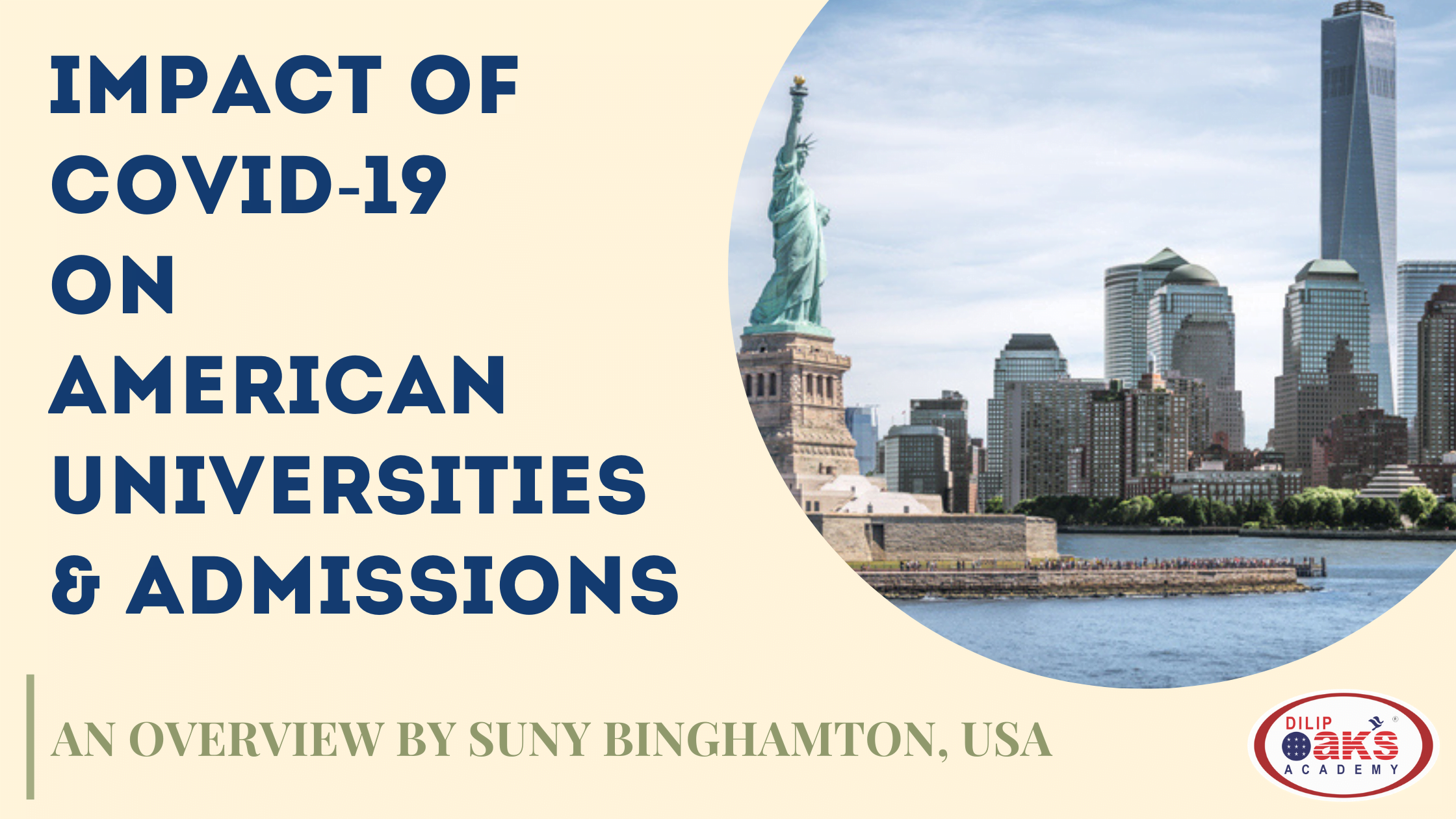The United States is without a question every student’s first choice when thinking about studying abroad for master’s. To convert this dream into reality, many of you may have already started with your applications for the fall 2023 intake. Most universities began accepting applications in October. You might be thinking that it’s too late to apply for the fall of 2023 now that January has arrived. The good news for you, It’s not too late!
Let’s delve deeper into this topic.
- Roughly 10% of the universities had their final deadlines on 31 December
- Around 10% have their final deadlines on 31 Jan.
- However, the majority (about 80%) of universities allow you to apply till March and some of them even accept applications till May.
Which means that you can still secure an admission in a good university even if you start with your applications now!
Why Fall 2023
Fall intake is usually the most preferred among Indian students and for good reasons
- Fall intake offers a more diverse range of courses
- Fall intake allows students a better access to funding
- Many universities have waived of GRE requirement for Fall 2023
- It also allows students to explore part-time on-campus job opportunities such as research assistant and teaching assistant
- Probably the most important reason for the popularity of fall admissions is the higher availability of post-study work options for students who start their studies during fall
You must move quickly
Although most universities will still be accepting applications till march, you need to consider time required for documentation and university shortlisting. Documentation includes procuring transcripts, drafting SOPs, personal statements, diversity statements LORs and resumes. University shortlisting involves lot of research to select right universities according to your profile and interests. You also need to move quickly because even after securing an admission, securing a visa can be equally tedious considering you are already on a tight timeline.
We are here to help you
We at Dilip Oak’s academy are here to help you.
- We are the best when it comes to admissions counselling. We will provide you with a well-balanced list of universities with safe as well as ambitious options, thus increasing your chances of admission.
- We offer counselling for SOPs (statement of purpose), LORs (letters of recommendations) and resumes and help you prepare everything from personal statements to diversity statements
- We also provide guidance for visa along with mock visa interviews
Dilip Oak’s academy can be your perfect guide into this often confusing admission process. We have been in this business since 1996 and we have more than 30,000 success stories to attest to our expertise in this field. Our counselors are experienced professionals who interact with every student personally to understand his/her unique requirements and provide guidance accordingly.
Best Wishes and Happy applying!!
As India’s leading Study Abroad Consultants, we offer GRE, TOEFL, and IELTS coaching, GRE Self Prep and guide students with university selection, application essays, and visa counseling under our Admission Counseling Services for USA, Germany and UK.






